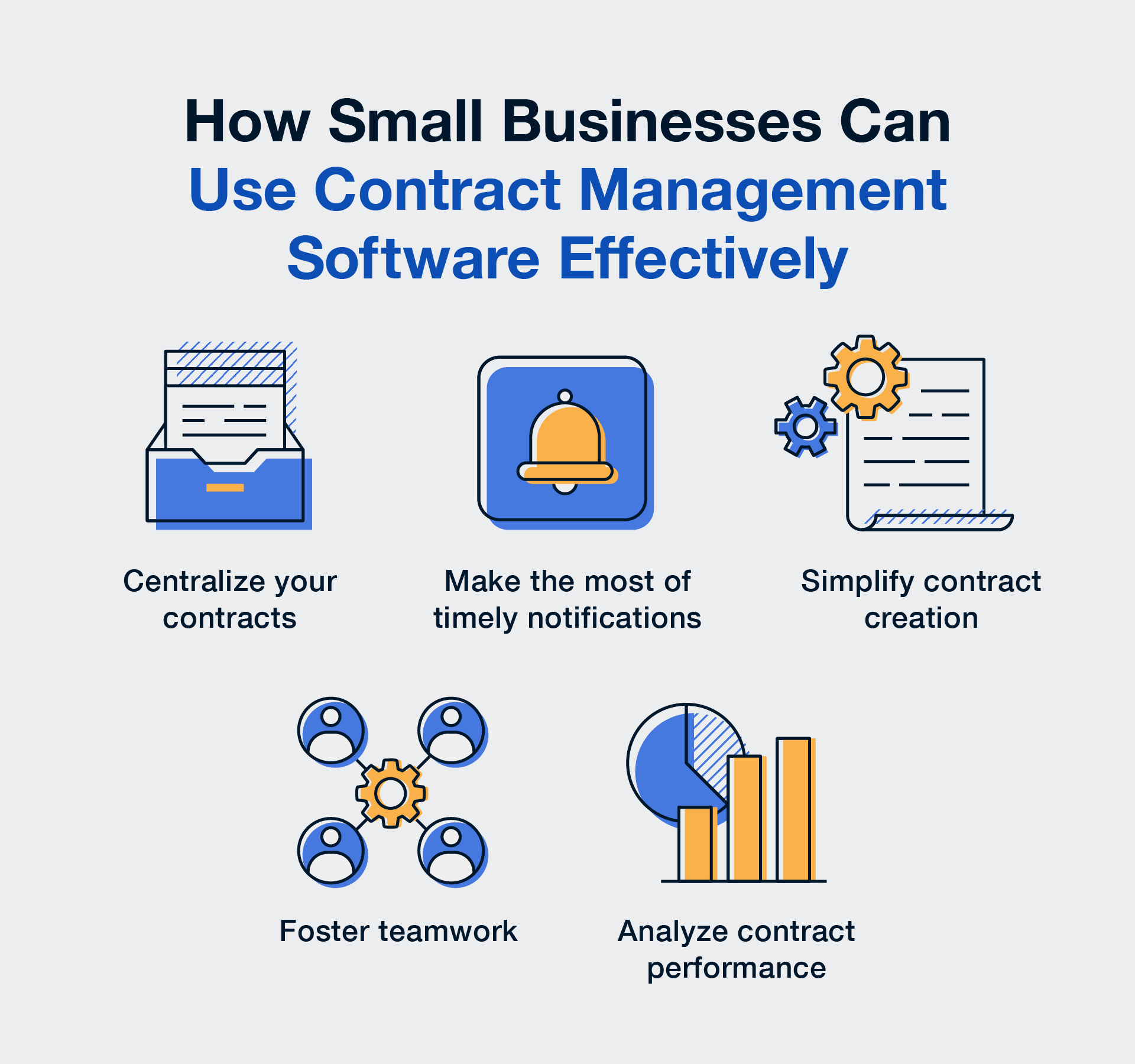
If you’ve signed many contracts in your life, chances are you’ve seen some real doozies. Some contracts can be dozens, or even hundreds, of pages long. Think about a lease agreement you signed, or all the documents you reviewed at the closing on a real estate purchase. Or maybe you’ve had the misfortune of being asked to read a business agreement chock full of definitions and awkward-sounding paragraphs filled with legalese. Or perhaps you deal with your company’s contracts on a daily basis and we’re preaching to the choir. At any rate, even lawyers, in the middle of reviewing a complicated contract, are sometimes forced to fight off sleep and boredom by grabbing another cup of coffee and starting over from the beginning.
So, does it take a lengthy agreement with a lot of fancy legal language to create a legally enforceable contract? Hardly. While we’re not saying all of these provisions in a contract are unimportant, most of them are not necessary to create an enforceable contract. Below, we’ll discuss the primary requirements of a legal contract – and it’s really pretty simple.
Keep in mind that our discussion will be general in nature – each state tweaks its own contract laws.
Legally Enforceable Contracts Require an Offer and Acceptance of the Offer
Obviously, contracts don’t just magically appear – it takes a lot of human effort to create something so complicated. Ultimately, the idea behind contract law is to create a method by which parties can express and memorialize their assent to an agreement.
So, how does the process work? In contract terms, one party has to make an offer; the other party must accept the offer; and the contract must contain consideration. Let’s take a closer look at each of these elements.
Offer
An offer is a verbal or written proposal to enter into a contract, which is communicated to another. While it sounds pretty simple (and sometimes it is), it can also get complicated. Here’s the problem: a proposal to negotiate does not rise to the level of a formal contract offer. The distinction is whether the offeror intends to provide an offer which will create a legal obligation if accepted. We’ll give a couple of examples of the difference.
-
Consider Tim, who has always wanted a motorcycle. He sees Lisa’s Harley, and tells her, “You know, I’ve always wanted a Harley. I could probably come up with 20 grand if you ever wanted to sell it.” Lisa, who paid $10,000 for the bike, says, “You’ve got a deal – I accept your offer.” Does Lisa have a contract she can enforce?
-
Now consider Lisa, who needs money and puts a “for sale” sign on her Harley. Tim sees the sign and approaches Lisa. He says, “I see your bike is for sale, and I’m interested in buying it. Give me your lowest offer.” Lisa says, “l’ll sell it to you for $15,000.” Tim says “I accept.” Lisa later gets a better offer from Larry and won’t complete the sale to Tim. Can Tim sue?
In the first example, most would agree that Tim was probing to determine if Lisa would sell the motorcycle, or, at most, attempting to open negotiations. His words relating to the future and his use of the word “probably” would be considered more aspirational than promissory. There was no formal offer. Therefore, Lisa could not accept it and form a binding contract.
In the second example, on the other hand, Tim knew the motorcycle was for sale and sought a formal offer from Lisa. When she made the offer, he accepted it. This results in a formal, legally enforceable contract, and Tim can sue.
From our examples, you can surely imagine lots of scenarios where there is a much closer question as to whether or not a formal, acceptable offer has been made.
Acceptance
Acceptance is a communication to the offeror that agrees to and accepts the terms of the offer. A couple of items are key here. First, the acceptance must be communicated to the offeror. It is not sufficient to have a private, uncommunicated intention to accept, or to communicate acceptance to someone that did not make the offer. Secondly, if the offer requires a certain type of acceptance, then to be effective, the acceptance must meet the offeror’s requirement. For example, some offers can be accepted by a promise. Other offers require an action.
Consider this scenario:
-
Plaintiff offers to settle his personal injury lawsuit for $25,000, provided the proceeds are received by 5:00 p.m. on January 1. At 5:00 p.m. on the dot the defendant calls and says “I accept and will pay you the money tomorrow.” Under general contract terms, the defendant’s acceptance, with a promise to pay later, is not sufficient to accept this offer because the offer required receipt of the money by 5:00 p.m. (Note that some states have passed statutes that modify the rules for lawsuit settlements).
Consideration is a Necessary Element
In our previous article explaining the difference between agreements and contracts, we talked about the element of consideration, which must exist to have an enforceable contract. In essence, there must be a bargained-for exchange between the parties. This exchange often consists of promises made by each party. Consideration can also consist of money or performance. For example, if Ann’s Tire Service promises to provide four new tires in exchange for the payment of $600.00, there is an appropriate bargained-for exchange and consideration exists.
At ContractSafe, we know the finer requirements of a legal contract can seem a little dull to some – but not to us. We love contracts, and we love making it so easy for our customers to efficiently store and access them. Start your free trial today.



















